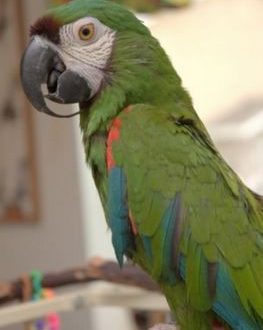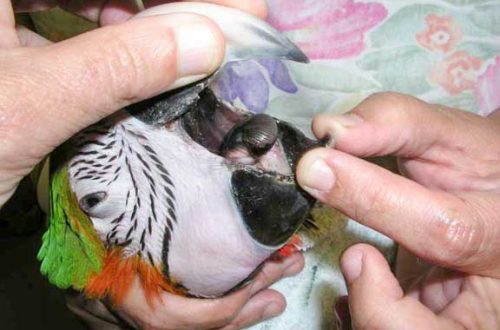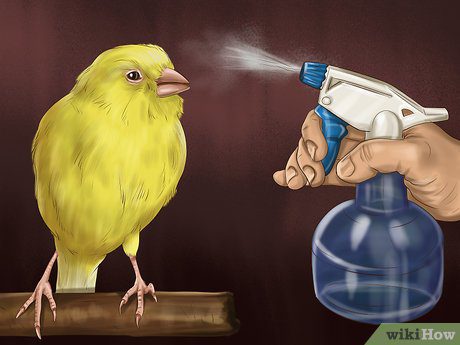
How to teach a canary to sing
The domestic canary is an amazing bird that can give its owner the incredible beauty of the song all year round. However, a feathered pet does not always have natural vocal abilities. Here, as with people: someone sings beautifully, someone is mediocre, and someone has come on the ear of a bear. Some birds have to be helped and develop their abilities. If there is talent, training will bear fruit; if there is no talent, all efforts will be in vain.
We will tell you how to teach a canary to sing and what nuances are important to consider.
What you need to know
The most “singing” season for canaries is the beginning of winter. Birds begin to slowly train and develop a voice in order to burst into ringing songs by spring.
By the summer, although the birds do not stop singing, they do it not so beautifully and willingly. And the reason for this is molting, which in no way contributes to the creation of musical masterpieces.
If you are just thinking about getting a canary and waiting for beautiful chants, then your choice should fall on a male, a kenar. It is males who are the most sonorous and talented singers, able to repeat any melodies they hear and even human speech.
Feathered representatives of the fair sex are inferior to gentlemen in vocal data. Their songs are not so diverse, beautiful and strong. Females sing very rarely and with large defects. So if you start a female, then only for the production of offspring.
It is important to clarify that vocal talent is inherited in canaries. Therefore, if a singing couple decided to continue their race, and the father of future children is an enviable singer, you can be sure that the offspring will also be vociferous.
But one should not completely rely on heredity either. Although nature lays talent in a living being, true mastery comes after hard work. And this also applies to canaries.
And how to teach a canary to sing – we will tell further.
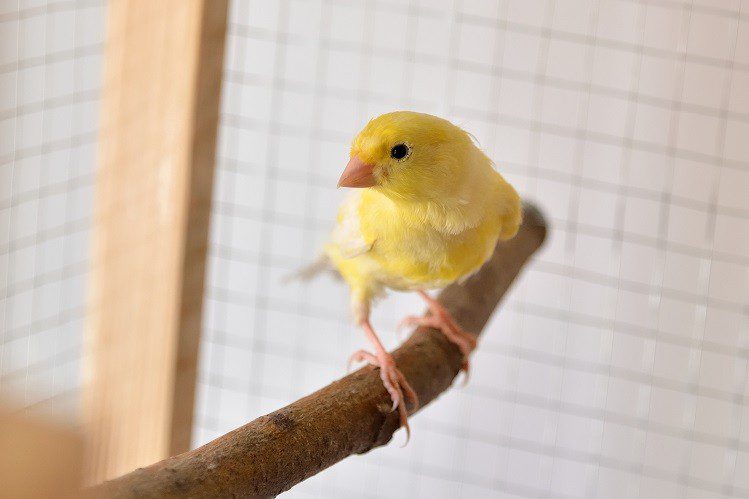
The subtleties of learning
As in the case of people, the main thing here is a good teacher, from whom the young talent will learn skills. It is important that both the kenar teacher and the kenar student must be of the same type.
Most often, a young canary learns to sing from his father. But if there are significant errors in the singing of an adult bird, then breeders usually look for another teacher, although this is long and expensive. And at home, most often there is no way to place a pet next to the parent, so you have to take this matter upon yourself.
It is impossible to keep canaries in the same room with other birds, for example, parrots, because singing birds will definitely “catch” extraneous sounds from their neighbors, which will worsen their singing at times.
It is better to teach a young kenar to sing at the end of September, when the bird has already finished its first molt. If several canaries previously lived in the same cage, they need to be seated. It happens that birds become attached to each other and are very bored after separation. There can be no talk of any singing then. In this case, just place the bird cages next to each other so that they are in full view of each other.
Gradually, the canaries will get used to a solitary life and will no longer be sad. Then you can separate the cells with a partition or even take them to different rooms and safely start learning.
Previously, when music was not stored on special media, canary breeders purchased special instruments (organs, waxwings, pipes) that imitated bird trills. Listening to these sounds, the canaries began to imitate them. Now there is no need for such a tool, because. there are a huge number of digital recordings.
Training always requires attention and concentration, but sometimes in the case of canaries this is difficult to achieve. But there is a great life hack on how to help a bird concentrate – you need to limit its light. It is the light and everything that happens around that distracts the feathered student. And if you cover the cage with a cloth and create twilight, nothing will interfere with the canary.
It is very important to get high-quality recordings of impeccable canary singing, from which the bird will learn. And although they cost a lot of money, this does not stop professional canary breeders and ordinary hobbyists. If the singing on the recording is of poor quality, the canar will be able to quickly adopt all the vocal flaws, and it will not be easy to correct them.
The first “audition” can be arranged 1 month after the start of training. During this time, the bird already has something to demonstrate.
It’s great if you have an excellent ear for music, and you can immediately hear all the flaws in singing and correct them. If you are not a musician, then invite such a person to point out the mistakes.
If after a few weeks of training the level of canary singing does not change, usually such a bird is no longer practiced, but you can try your luck.
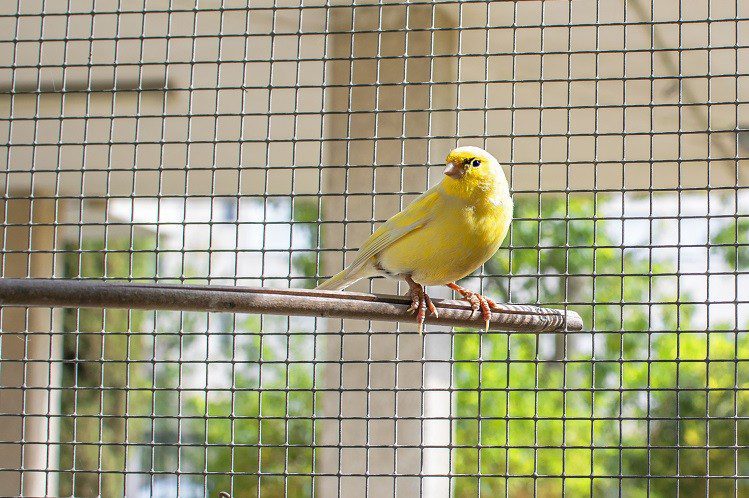
What other rules to follow
Canary training takes a long time. Usually a bird is able to sing by the age of 8 months, but this is on condition that she learned to sing from the best kenar. If a person was involved in the training, then more time may be required. Finally, the kenar is formed as a singer by 2-3 years. By this age, the feathered one no longer adopts other people’s songs and follows its own repertoire. A professional singer no longer needs to darken the cage.
Keep in mind that you need to maintain the vocal data of a pet for his whole life. If you forget about the bird and abandon training, then even the most talented canary will wither away.
What else to consider:
During training, there should be no extra sounds in the room, the bird should only listen to the training recording or the teacher’s singing.
Create comfortable living conditions for the bird: buy a cage that is suitable in size, give high-quality food. Only a well-fed and happy canary will sing.
Kenars are most well trained in the morning, so practice with them at this time.
Each lesson should not last more than 30 minutes. You can turn on the recording 3-4 times a day.
If you do everything right and be patient, then in 1-2 months you will get a beautiful songbird that will cheer you up every day.



